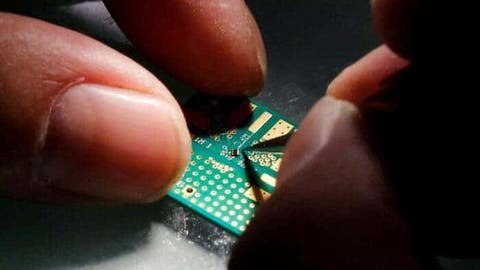The “2019 – 2026 India Semiconductor Market Report” jointly compiled by the Indian Electronics and Semiconductor Association (IESA) and Counterpoint was released recently. According to the report, the cumulative consumption of the Indian semiconductor market in 2021 – 2026 will reach $300 billion. The report also claims that India will become the second largest semiconductor consumer market in the world.
According to Tarun Pathak, director of consultancy Counterpoint, the mobile and wearable device industry is the largest contributor. Smartphones and wearable sales in India are massive, especially in 2021. The popularity of cheap mobile Internet and the acceleration of smartphone penetration is really high. The likes of high-performance processors, memory, sensors and other semiconductors in are in many end products. For this reason, there is an increase in the value of components which continues to drive market growth.
Communications and automobiles are potential key areas
Neil Shah, vice president of Counterpoint, said when looking at the medium and long-term market prospects, communications and automobiles will become the key areas for India’s semiconductor consumer market beyond mobile and wearable devices. From 2021 to 2026, India’s terminal electronic equipment market will achieve a compound annual growth rate of 19%. At present, most semiconductor components still rely on imports, and domestic production can only meet 9% of the demand. With effective incentive measures, the development potential of India’s local semiconductor industry will develop faster.
Sunil G Acharya, vice president of IESA, said that the semiconductor industry will play an important role in India’s economic growth. The combination of demographic dividends and the influx of foreign capital will change the face of India’s semiconductor industry in the next few years. Counterpoint analyst Shivani Parashar said that India should focus on developing the integrated circuit design industry ecology. He also expects India to lay a solid application foundation for chip manufacturing. The industrial policy is expected to push the domestic self-sufficiency rate of India’s semiconductors to 17% in 2026. Also, the scale of the local industry will increase by about 6 times.
